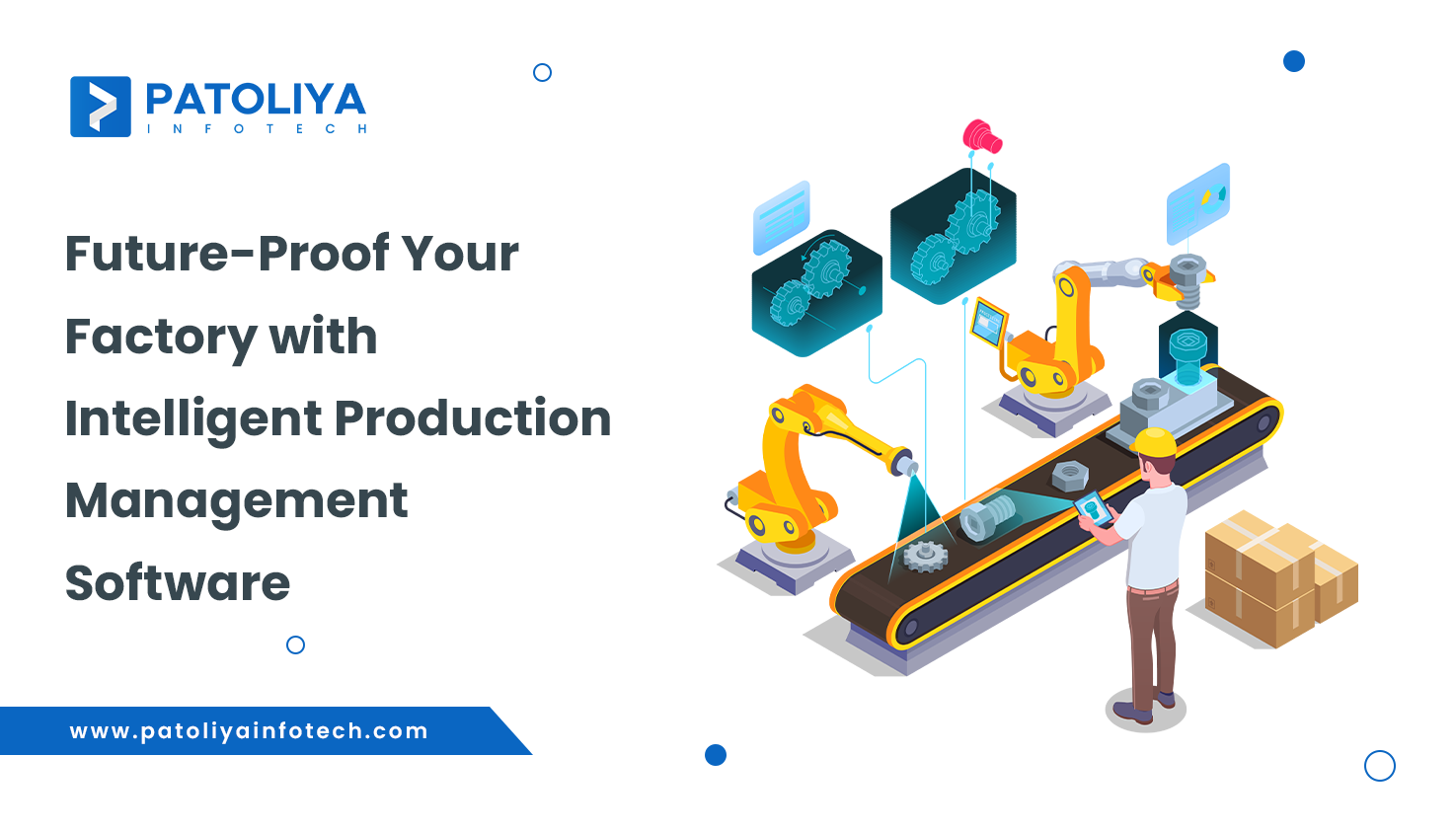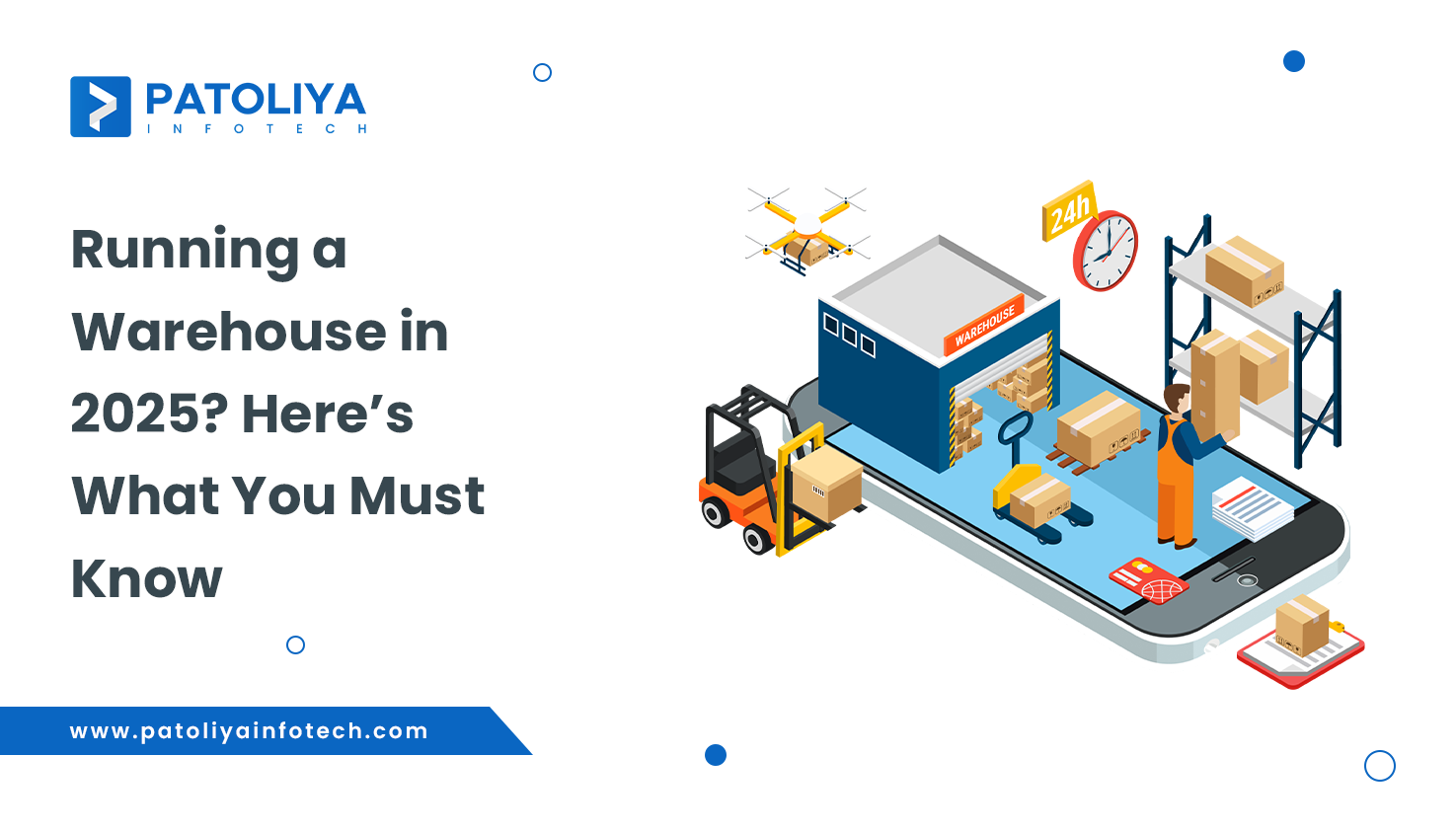How an Enterprise LMS Transforms Training into a Strategic Advantage
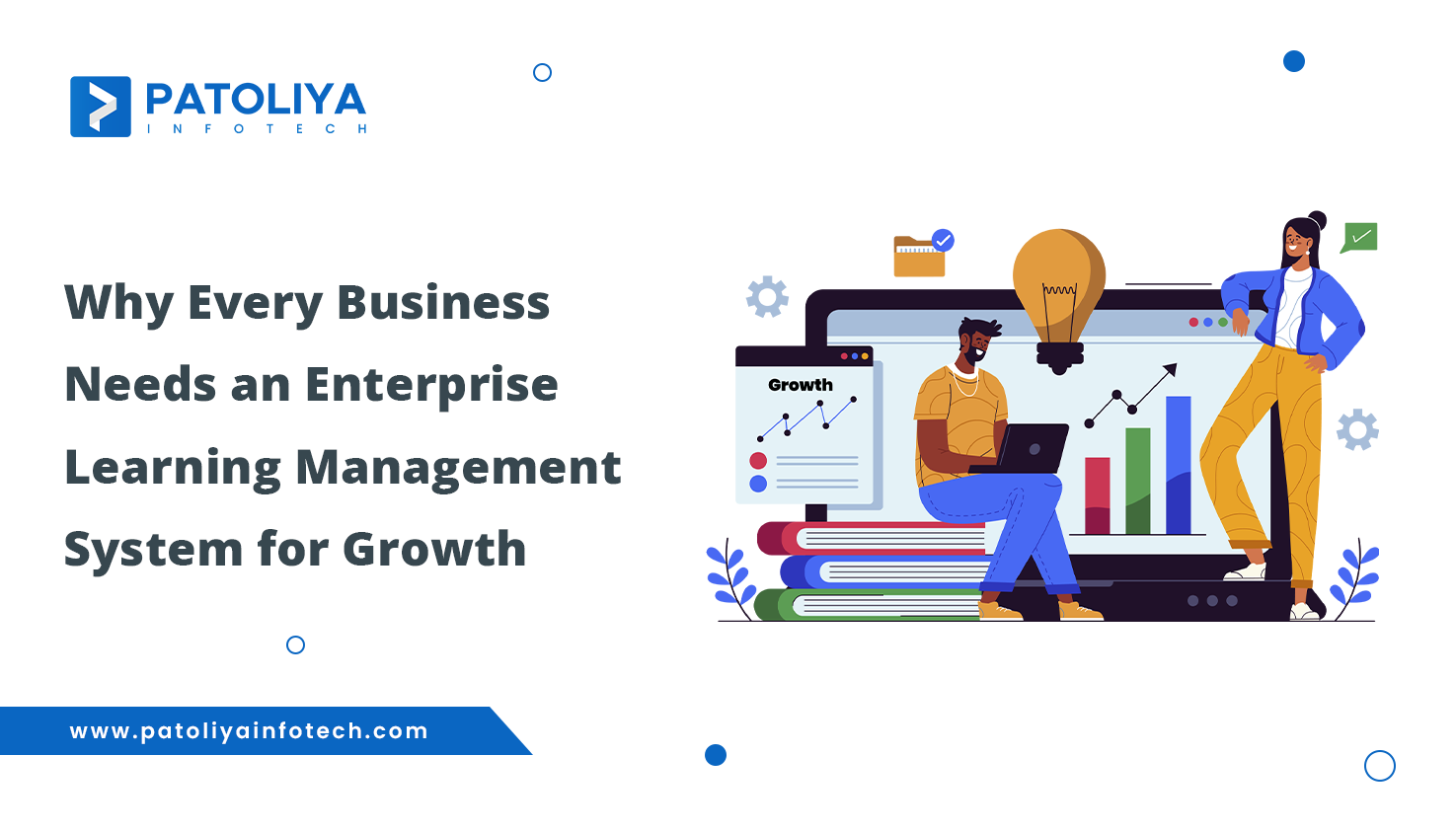
An Enterprise learning management system (LMS) is comparable to the best training aid available. This intelligent platform lets businesses create learning strategies, monitor learning outcomes, and ensure that all employees have the skills necessary to succeed in the workplace.
An LMS puts everything online in place of outdated paper books and one-time meetings, which makes learning simpler, more convenient, and easier to oversee. An LMS can assist your workforce with everything from regulatory updates to new technology to personal development.
Now, what makes this so important in the modern world? The workplace is rapidly evolving, let's face it. Businesses must set the standard, which means continuously improving employee capabilities. Similar to a hidden weapon is the LMS. In one location, it enables businesses to provide various forms of training, including interactive films, online courses, and live sessions.
The greatest part, too? You can keep an eye on who is learning what and how they are developing, which makes it simpler to identify your areas for improvement. To put it simply, an LMS helps workers expand today by addressing their needs and facilitating learning.
What to anticipate from this guide is as follows: We'll go over everything you need to know about putting an LMS in place at your company. We'll explain why it's so beneficial, point out important characteristics to look for, and offer advice on how to make the most of it.
This guide is your go-to resource for making the most of your learning management system (LMS), helping your employees in developing, and offering your business the learning game has advanced to the next level, regardless of whether you're beginning from scratch or searching for methods to enhance your present system.
Key Features of an Enterprise LMS
Let's explore some of the most amazing features that an enterprise learning management system has to offer! Because of these factors, an LMS is not just a practical tool but also a revolutionary solution for businesses trying to increase employee engagement and learning.
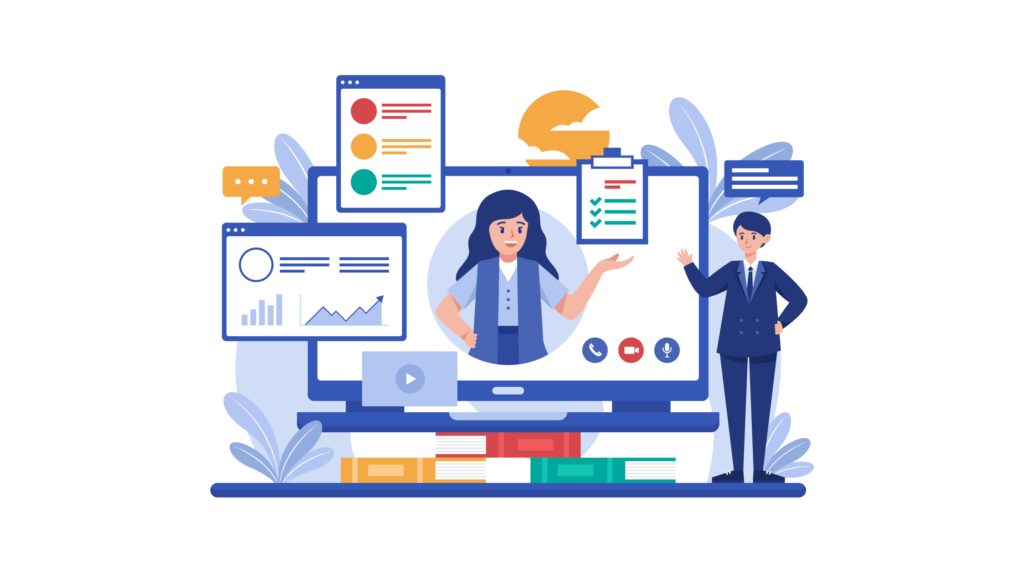
Personalization and Adaptive Learning: This is one of the most beautiful things. The LMS can intelligently customize the content to meet the needs of individual employees. The LMS can change the learning curve based on what each team member needs to know, assuming they have different tasks and skills. Having an expert in the field already can provide detailed information rather than being filled with basic instruction. As a result, the organization and its employees benefit from the right training at the right time.
Mobile Learning and Accessibility: Surely everyone is still hooked to the table in the current world? Mobile learning is revolutionizing the workplace by enabling workers to access training on their computers, tablets, or phones at any time and from any location. It might be simpler to integrate learning into daily living without it feeling like labor because of this flexibility. Benefits go beyond comfort; it also makes it possible for everyone, regardless of time or location, to receive the same instruction.
Integration of AI and Machine Learning: At this stage, things start to become really futuristic! When AI and machine learning are included into an LMS, the system can evaluate how employees are interacting with the content, predict areas where they might need assistance, and even provide personalized learning paths. For example, if an employee is struggling to comprehend a specific concept, the LMS could provide more training or resources to help. It's similar to having a personal learning assistant that continuously enhances training outcomes in the background.
Collaboration and Social Learning: Learning doesn't have to be done by yourself. Discussion boards, social media feeds, and even live chats allow staff members to work together, exchange information, and gain expertise from one another. Social learning of this type increases participation and can aid in dissolving team silos. Additionally, when staff members collaborate to solve problems or talk about what they're learning, it enhances comprehension and makes the experience much more engaging and fun.
SCORM Capabilities: Sharing Content Object Reference Model, or SCORM, is a bit of a mouthful, but it's a crucial one! Content that can be reused across several platforms and systems may be produced with SCORM. So, SCORM makes sure that everything in your LMS functions properly, whether you're creating a course from scratch or utilizing content from other sources. It is similar to ensuring that your LMS can communicate with various tools without any issues.
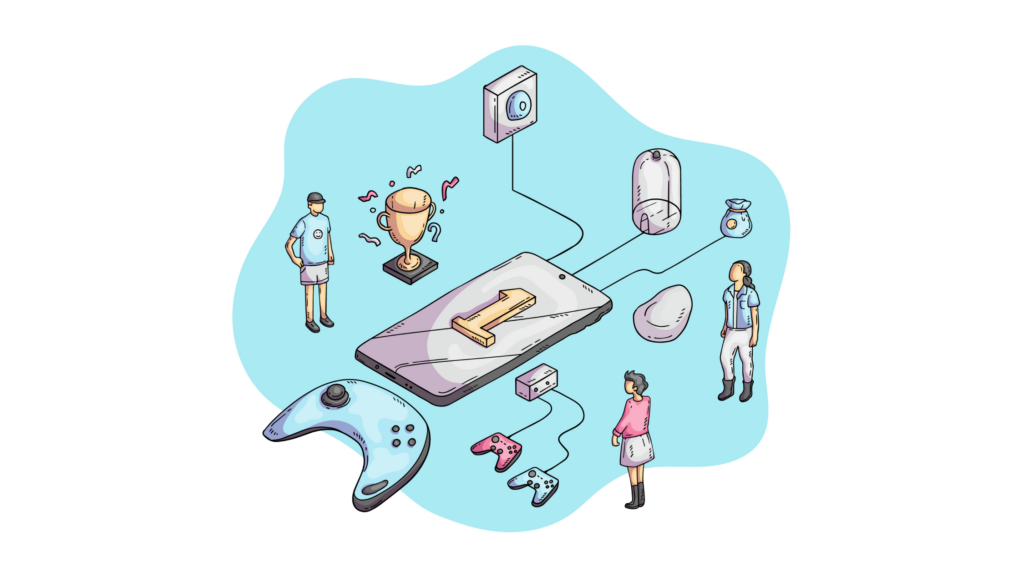
Gamification Elements: Everyone enjoys having a little fun while working, let's face it. In an LMS, gamification refers to incorporating game-like components into training, such as challenges, leaderboards, badges, and points. This makes learning much more interesting, encourages workers to keep continuing, and even makes dull subjects interesting. Who doesn't enjoy seeing their name on a scoreboard or receiving a badge after finishing a course?
Multi-tenancy Support: A multi-tenant LMS is useful if your company has several divisions, brands, or even separate locations. With the help of this tool, you may oversee many student groups—each with a unique learning environment—all on the same platform. You might, for instance, maintain everything under one roof but have several training courses for various departments, languages, or geographical areas. It is comparable to having several customized learning areas in a single system.
Thanks to its capabilities, Enterprise LMS is more than just a progress monitoring tool; it's a comprehensive platform that can be tailored to the demands of businesses and individuals. Learning becomes more interesting, efficient, and applicable for every employee with customization, mobile access, AI-driven insights, and gamified experiences.
Are you prepared to transform your business? Examine our comprehensive guide on developing mobile apps to discover the secret to creativity, effectiveness, and expansion right now!
Benefits of Implementing an Enterprise LMS
Let's discuss why each business may benefit greatly from installing an enterprise learning management system. These technologies provide several advantages that can significantly alter how companies function and expand, in addition to streamlining training. Now let's explore the main benefits:
Enhancing Skills Development and Talent Management: By using an LMS, you may identify skill gaps and concentrate training efforts where they are most required. An LMS provides you with the resources you need to further grow your talent, whether it be through compliance training, leadership development, or technical skill improvement. The good news is that you can monitor progress over time, which may help you spot high-potential workers and adjust future training to fit their needs. This implies that you are investing in your future leaders and creating a more robust workforce overall, not just training staff members.
Boosting Employee Productivity: The right training might make all the difference in terms of successfully completing assignments. If you give your employees personalized, on-demand learning opportunities, they will be more prepared to do their duties. Imagine having instant access to resources that help with problem-solving or coming up with new strategies; this is what an LMS enables. Furthermore, a team with more experience enables employees to operate with greater assurance and need less oversight, thus increasing total productivity.
Aligning Training with Business Objectives: Training aims to match employees' abilities with the overarching objectives of your business, not only teach them new things. Directly connecting training initiatives to your company strategy is made simpler with an LMS. For instance, the LMS could focus on developing tech skills if a business is promoting digital transformation. If improving customer service is a top objective, soft skills might receive special attention. This alignment guarantees that your staff members are not just developing, but also developing in ways that directly support the company's success.
Reducing Training Costs: Conventional training techniques, such as in-person seminars, printed materials, and travel, may be somewhat costly. With an LMS, however, you're moving to digital, which means considerably lower paper, less location rents, and lower travel expenses. Furthermore, because eLearning is frequently more scalable, once the information is produced, it may be freely distributed to an infinite number of staff members. This change can result in substantial resource savings over time, making training much more affordable.
Promoting Easy Accessibility and Flexibility: One of the biggest advantages of an LMS is its capacity to support learning from any place at any time. Employees don't have to schedule time to attend training because they may access seminars and materials from their workplace, from home, or while traveling. This flexibility is quite helpful for businesses or remote teams with different office hours. Students may also go at their own pace, reviewing the content as needed, to make the experience more efficient and customized.
Said another way, an enterprise learning management system (LMS) is more than simply a training management tool; it is a strategic asset that promotes employee development, company success, and operational effectiveness.
Through skill development, increased productivity, training that is in line with corporate objectives, cost reduction, and flexible access, an LMS increases the effect of learning and facilitates its integration into everyday tasks. All set to unleash these advantages for your company? You only need to click!
Technology is reshaping the education industry. Are you ready to take advantage of these changes? Embrace the trends transforming learning and stay ahead in this dynamic space!
Types of Learning Systems
Depending on their unique requirements, businesses can select from a range of learning and development solutions. Let's examine LMS (Learning Management System), LXP (Learning Experience Platform), and TMS (Training Management System) in more detail, highlighting their differences and areas of strength.

LMS (Learning Management System)
Among the three, an LMS is the most conventional. Managing and distributing organized training materials, such as courses, certificates, and tests, is its main goal. Exam administration, learner progress tracking, and industry standard compliance are all made possible by an LMS. It works best in formal, controlled educational settings.
Use Cases for LMS:
- Onboarding new employees
- Compliance and certification training
- Structured eLearning programs
- Tracking and reporting progress for regulatory purposes
LXP (Learning Experience Platform)
An LXP extends the idea of learning beyond merely overseeing instructional materials. Its main goal is to make learning more interesting and individualized. A more dynamic, learner-centric experience is provided by LXPs because of their sophisticated content discovery, social collaboration, and adaptive learning capabilities. This is perfect for team information exchange, skill development, and ongoing learning.
Use Cases for LXP:
- Continuous learning and skill development
- Personalized learning journeys for diverse roles
- Peer-to-peer learning and collaborative sharing
- Curated learning paths based on user preferences
TMS (Training Management System)
The logistics and operations of training are especially managed by a TMS. Instead of concentrating only on the topic, it plans, schedules, and conducts training sessions. This is ideal for overseeing extensive training initiatives that involve several teachers, locations, and resources.
Use Cases for TMS:
- Managing large, multi-day training events
- Scheduling instructor-led training sessions
- Managing resources, budgets, and reporting for training programs
- Organizing and tracking training certifications across departments
Comparison Between LMS, LXP, and TMS
| Feature | LMS | LXP | TMS |
| Primary Focus | Managing formal training | Personalizing learning | Scheduling and managing training sessions |
| Best For | Compliance, Certifications | Continuous learning | Large-scale training programs |
| Content Type | Structured, formal content | Curated, adaptive content | Logistics-heavy training |
| Tracking | Learner progress, assessments | Progress & engagement | Training schedules, resources |
| User Experience | System-driven learning | Learner-focused experience | Event and training logistics |
Every one of these systems supports learning and development requirements in a different way. An LXP thrives on social collaboration and customisation, but an LMS is excellent at overseeing controlled, organized learning. A TMS, on the other hand, is ideal for managing intricate, extensive training programs that have many moving parts.
Whether it's effectively managing logistics, producing captivating learning experiences, or controlling the distribution of information, selecting the best solution depends on what your company values most.
Use artificial intelligence to advance your educational startup. Enhance educational possibilities, promote progress, and open up new avenues. Now is the time to begin using AI!
Selecting the Right Enterprise Learning Management System
Your company's learning and development plan might be greatly modified by choosing the right corporate learning package. Choosing the option that best fits your goals, needs, and personnel is crucial when you have so many options available. Together with a few key questions to ask potential providers to ensure you make the right choice, let's go over some vital requirements to help you choose the best LMS for your business.
Criteria for Choosing an LMS
- User Management Capabilities
Choosing a corporate learning package may greatly impact your company's learning and development approach. It's important to choose the one that best fits your goals, needs, and workforce out of the several options available to you. Together, we will discuss some fundamental requirements to help you choose the best LMS for your business and some key questions to ask potential providers to ensure you make the right choice.- Can you easily upload and manage large numbers of users?
- Does it allow for role-based access and permissions?
- Is there a way to track users’ progress, certifications, and completions?
- Ease of Use
For administrators and students alike, the LMS must be simple to use. If your team spends too much time on the platform or if employees struggle to use it, it will be useless. With an easy user interface, managing tasks, tracking progress, and accessing courses should all be straightforward.- Is the interface clean, simple, and easy to navigate for both admins and learners?
- Does it have a mobile-friendly version or app for learners on the go?
- How long does it take to train administrators to use the system effectively?
- Customization and Branding
The LMS should be easy for administrators and students to utilize. The goal is lost if workers have trouble using the platform or if your team spends too much time on it. Accessing classes, monitoring progress, and carrying out administrative duties should all be simple thanks to a straightforward UI.- Can you customize the design and layout to fit your brand?
- Are there flexible options to tailor content to specific departments or teams?
- Integration Capabilities
The LMS should be easy for administrators and students to utilize. The goal is lost if workers have trouble using the platform or if your team spends too much time on it. Accessing classes, monitoring progress, and carrying out administrative duties should all be simple thanks to a straightforward UI.- Does the LMS integrate with your existing HRIS, CRM, or other enterprise tools?
- Are there pre-built integrations or will custom work be needed?
- How does the LMS handle data transfers between platforms?
- Scalability
Your LMS should expand along with your business. Verify that the system you select can grow to meet future requirements, such as more users, courses, or features. Growth should be supported by the platform without affecting functionality.- Will the LMS scale easily as your company grows?
- Can it handle increased user loads or more complex learning programs?
- Reporting and Analytics
A good learning management system (LMS) should include comprehensive analytics to monitor student progress, evaluate the success of training initiatives, and report on important metrics such as certificates, assessments, and course completions. This is essential for making sure your personnel are on track and for gradually upgrading your learning programs.- Does it provide detailed reporting on learner progress and course effectiveness?
- Can you customize reports based on specific needs (e.g., compliance reports, engagement tracking)?
- Does the system offer real-time reporting and dashboards for quick insights?
- Security and Compliance
Security is a major worry, particularly when working with private employee information. Verify that the LMS complies with industry data protection requirements, including secure access and encryption. The LMS must facilitate respect to laws such as GDPR, HIPAA, and others if your business is in a regulated sector.
Conclusion
Employee engagement, productivity, and growth are driven by a corporate learning management system, which is more than simply a training tool. Through the installation of a suitable Learning Management System (LMS), an organization's ability to increase learning effectiveness, boost knowledge retention, and match training and performance goals may be credited with its overall success.
The LMS must change to accommodate the organization's requirements as well as employee and technological expectations. The establishment of a continuous learning culture is supported by a well-designed LMS, which guarantees smooth integration, resolves implementation issues, and offers chances for ongoing education.
Skills development, increased compliance, and a contented staff are among the advantages. To remain competitive, foster innovation, and assist staff in realizing their full potential, today's fast-paced corporate climate needs a high-performance, scalable LMS. Making the appropriate choice for your corporate learning management system is an investment in both your workers' future and the long-term prosperity of your organization.
FAQs
What is an Enterprise LMS?
How does an Enterprise LMS benefit organizations?
Streamlining training processes: Offering a centralized platform for creating, delivering, and tracking learning programs.
Improving employee performance: By providing employees with the necessary skills and knowledge.
Enhancing engagement: With features like gamification and personalized learning paths.
Aligning learning with business objectives: Ensuring training initiatives support overall company goals.
Reducing costs: Through eLearning and automation of training processes.
Supporting compliance: With reporting and tracking features for mandatory training.
What are the key features to look for in an Enterprise LMS?
Personalization and adaptive learning capabilities
Mobile learning and accessibility
Integration with other enterprise systems (e.g., HRIS, CRM)
Collaboration tools for social learning
Gamification for increased learner engagement
SCORM compliance for standardized content delivery
Robust reporting and analytics to track learner progress
Multi-tenancy support for managing different departments or business units.
What is the difference between an LMS and an LXP (Learning Experience Platform)?
An LMS is primarily focused on delivering and tracking formal training, including courses, certifications, and compliance programs.
An LXP emphasizes creating a personalized, learner-driven experience, incorporating informal learning (e.g., social learning, content curation) and offering greater flexibility for the learner. Both can complement each other depending on the needs of the organization.
Can an Enterprise LMS integrate with other systems?
HRIS (Human Resource Information Systems) for seamless employee data management
CRM (Customer Relationship Management) for tracking customer-facing roles
Performance Management Systems to align training with performance objectives
Payroll and Benefits Systems for compliance-related training tracking Integration allows for data consistency and helps streamline processes across the organization.
